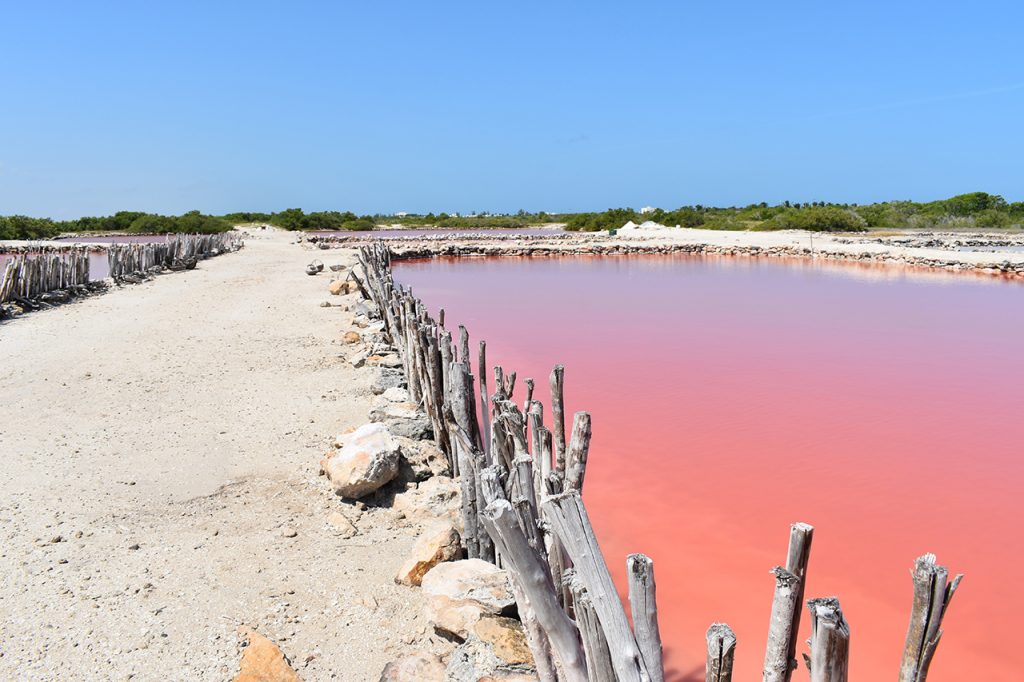Hi there,
On our second day in Progreso, after being told that the Corchito reserve was closed, we thought we would take a tour nearby. We met a man who charged us 200 pesos per person to take us to the Pink Lagoon and the Ruins of Xcambó. We paid for it because any other option was more expensive.
The Pink Lagoon or Xtampú is 30 minutes by car from Progreso and is where the Mayans extracted the salt they used for the exchange. It is a small place, especially when compared to Las Coloradas, which is more than 3 hours away by car. There are several small lagoons from which salt is still extracted naturally. The guide told us that this is what they sell you as Himalayan salt.
The Mayans were the ones who discovered it. The word salaried comes from there because everything was paid for with salt.
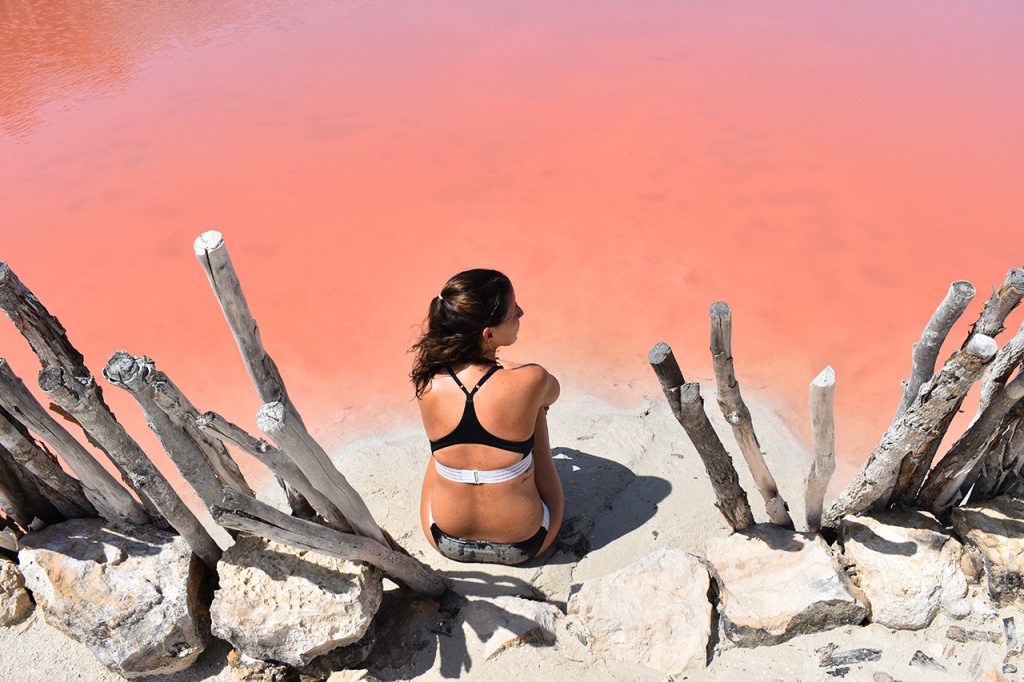
They always have one set up for tourists to bathe in and they say that the mud has healing properties.
We asked about Las Coloradas and the guide explained to us that Pink Lagoon was like Mérida and Las Coloradas was like all of Mexico. That, due to its immense extension, half of it was artificially treated with chemicals.
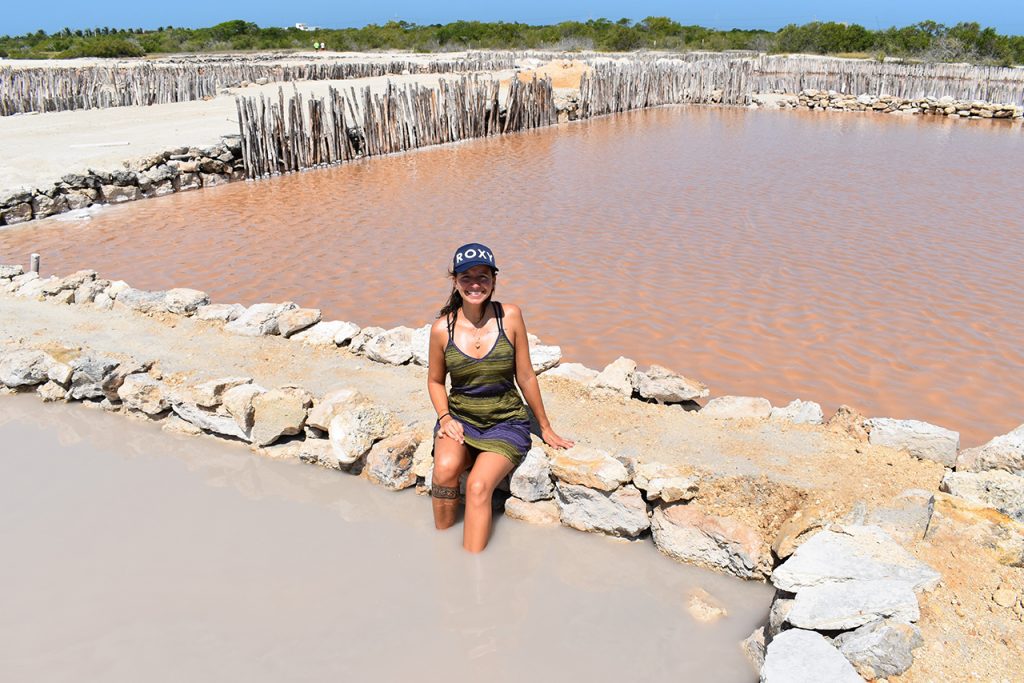
The road that leads from there to the Xcambó Ruins is full of flamingos on both sides. So, we were stopping where they looked closer to take pictures.
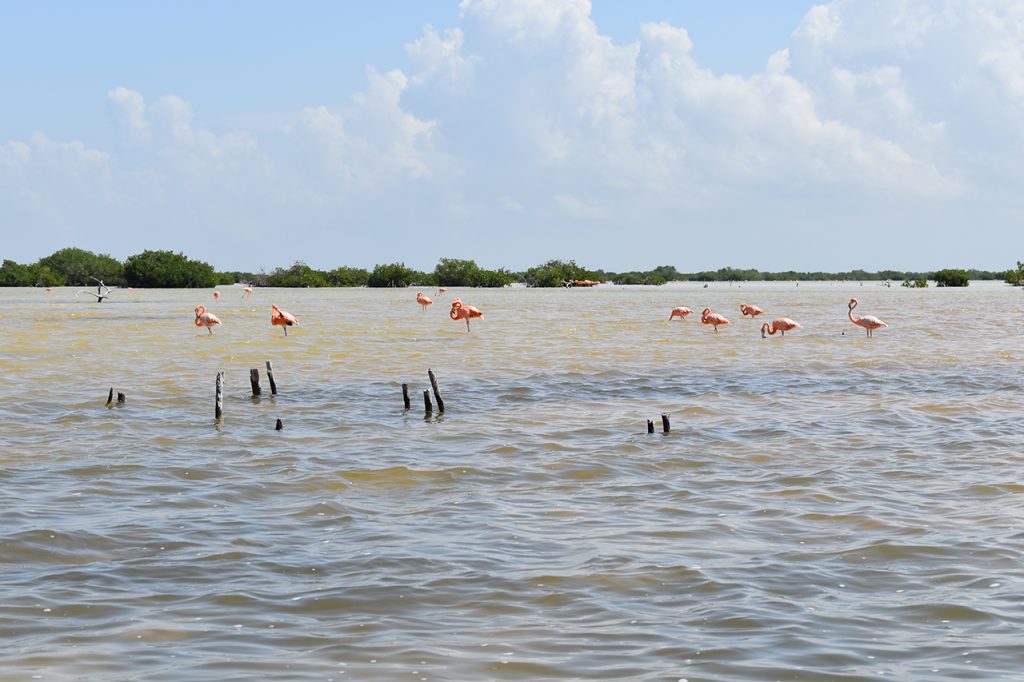
Xcambó is an archaeological site considered by experts to be one of the largest in extension on the north coast of the peninsula. It sits on the humid forest of the Ciénaga. It was an important port for the commercial and salt development of the time. That was where the Mayans carried out barter activities. Xcambó means “City of barter”.
For us, who last year visited ruins like Calakmul and Palenque, these were minimal.
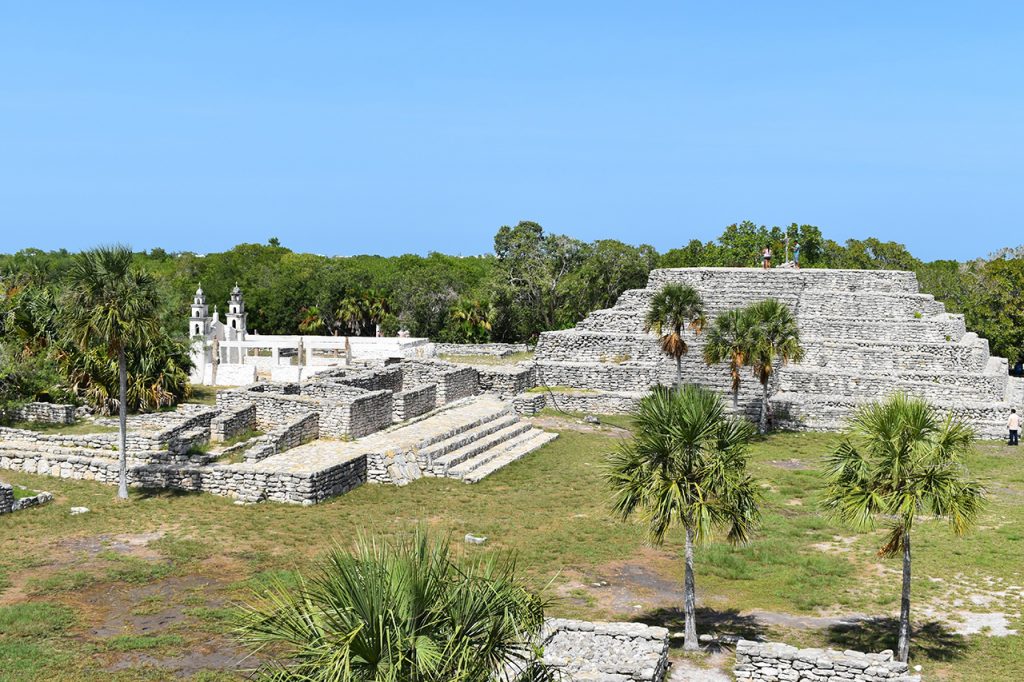
Something curious is that in these Mayan ruins there is a small Catholic church. I asked about it and the guide told me that the fishermen of the area were the ones who discovered the ruins and built the church that is on the tomb of the king of Xcambó. Years ago, they were going to demolish it, but the people of the area did not allow it.
Up to now, 600 skeletons have been excavated in these ruins.
The guide told us that in Mérida you can sleep with the doors open because there is total security and very little unemployment.
In addition, here is the international rowing and canoeing track, which is where the boat crosses to take you to the El Corchito reserve.
He also told us that in Yucatan there are around 11,200 cenotes of which only 15% are known. There are three types: cavern, semi open and open. Those that are in the El Corchito reserve are open.
Returning from the tour, the guide told us that before he was an ADO driver. At the time he was there, there were no relays, and they injected the drivers to continue working. He had already been injected three times and since he was afraid, he would have a heart attack, he refused to continue. That’s why they fired him and from there he dedicated himself to working in tourism.
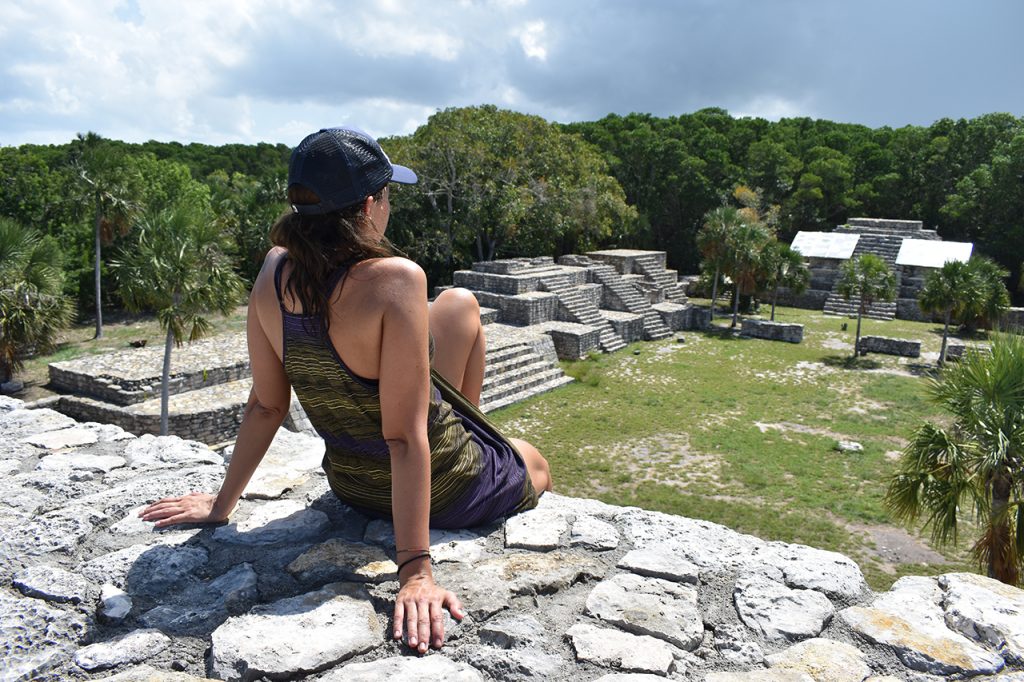
More articles about Mexico:

